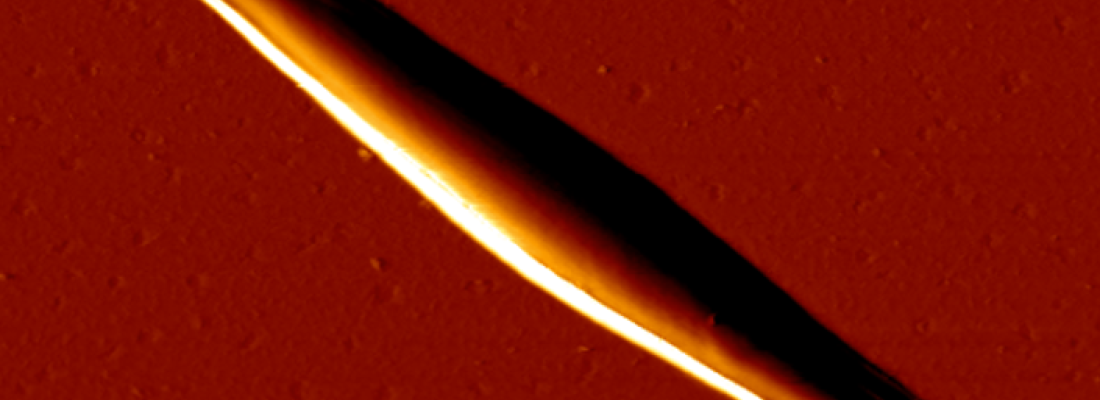Bioeconomy Reading time 5 min
Towards better methods for harvesting microalgae
Published on 28 August 2018

In the face of climate change, there is increasing interest in renewable energy sources. Microalgae can generate large amounts of lipids, making them a promising resource for biofuel production. At present, however, efficient harvesting techniques are lacking, which limits the industrial use of these organisms. To be harvested, microalgae must be separated from their aqueous culture medium, in which they occur at very low concentrations (a few grams per litre). At the same time, their cell walls must remain intact so that the lipids do not spill out.
The technique with the greatest potential seems to be flotation. Bubbles of air or other gases are created within the microalgae suspension. The algal cells become attached to the bubbles and thus float to the surface, where they accumulate. Flotation can be made even more effective by preliminarily subjecting the cells to flocculation, which generates large clumps that can more easily be separated from the medium by the rising bubbles. LISBP researchers became interested in understanding this flocculation method, which has not yet been fully explored.
To this end, they used a multiscale approach that allowed them to characterise flocculation within entire microalgae populations. Their research revealed the efficacy of a natural flocculant, which can form in the culture medium during microalgae growth. The scientists then used an advanced microscopy technique (atomic force microscopy) to determine how this natural flocculant interacts with cells and promotes clumping. By focusing on individual cells, these experiments helped reveal the flocculant's role: it creates a bridge between the microalgae, allowing them to aggregate.
Taken together, the results clarified the mechanisms underlying the flotation and flocculation of microalgae. These discoveries suggest new ways for optimising harvesting techniques. Research is currently underway on the molecular interactions between the bubbles and the algal cells, with the goal of gaining further insight into microalgae flotation.
Towards a better understanding of the flocculation/flotation mechanism of the marine microalgae Phaeodactylum tricornutum under increased pH using atomic force microscopy.
C. Formosa-Dague, V. Gernigon, M. Castelain, F. Daboussi, P. Guiraud. Algal Research 33 (2018) 369–378.
